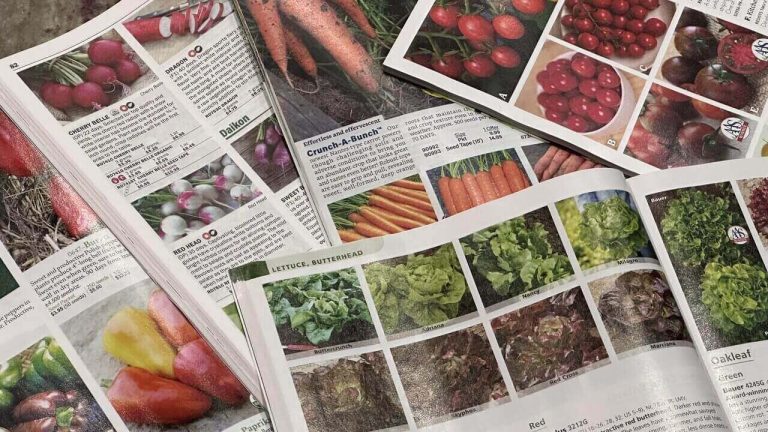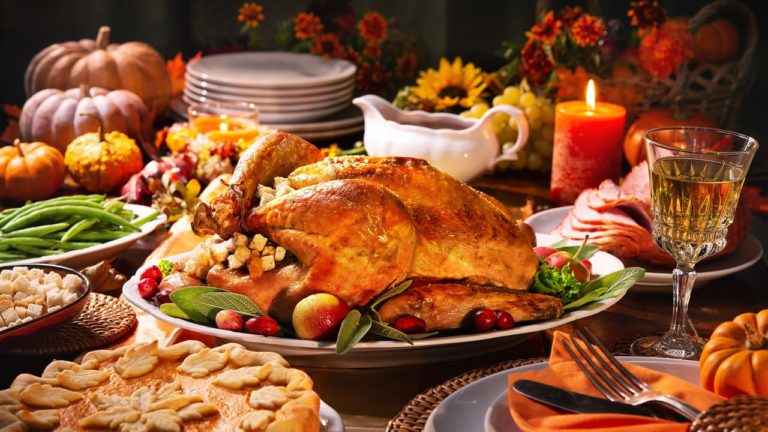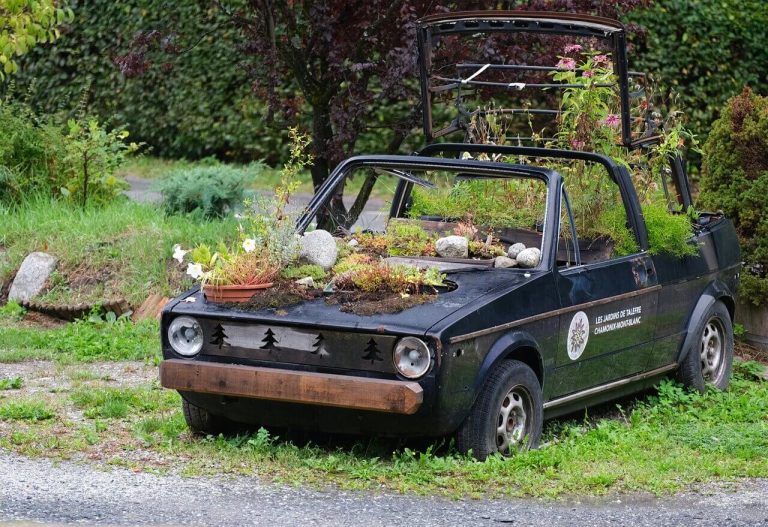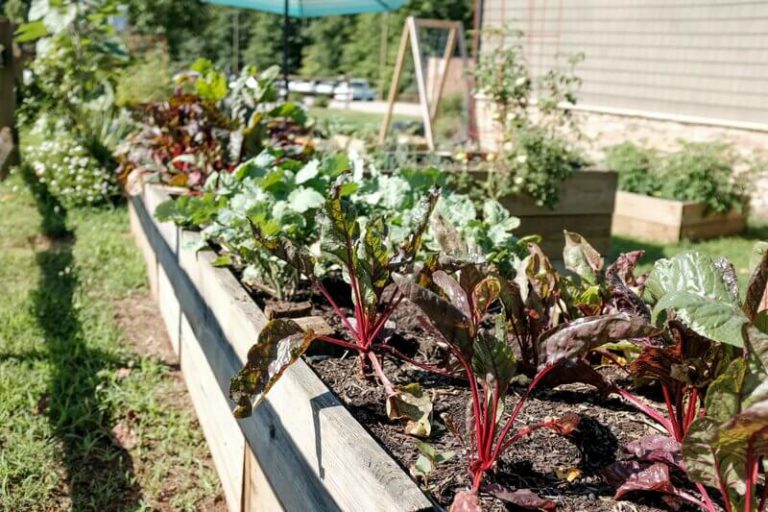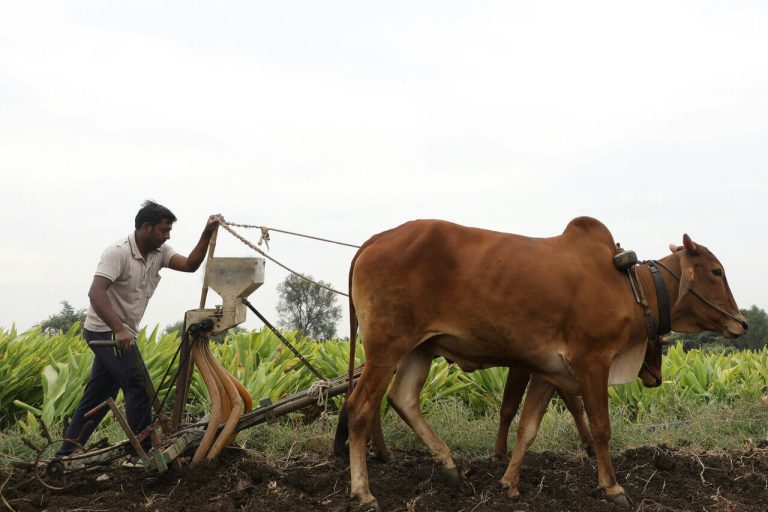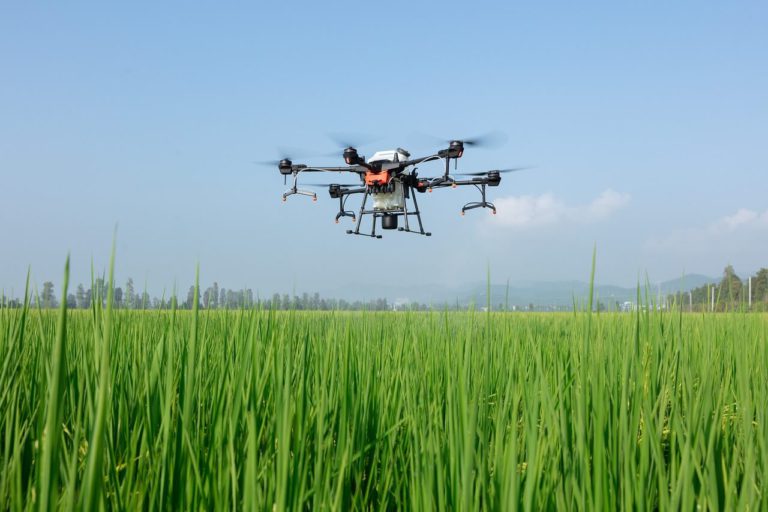Vegetables to Plant in Fall for Spring Harvest
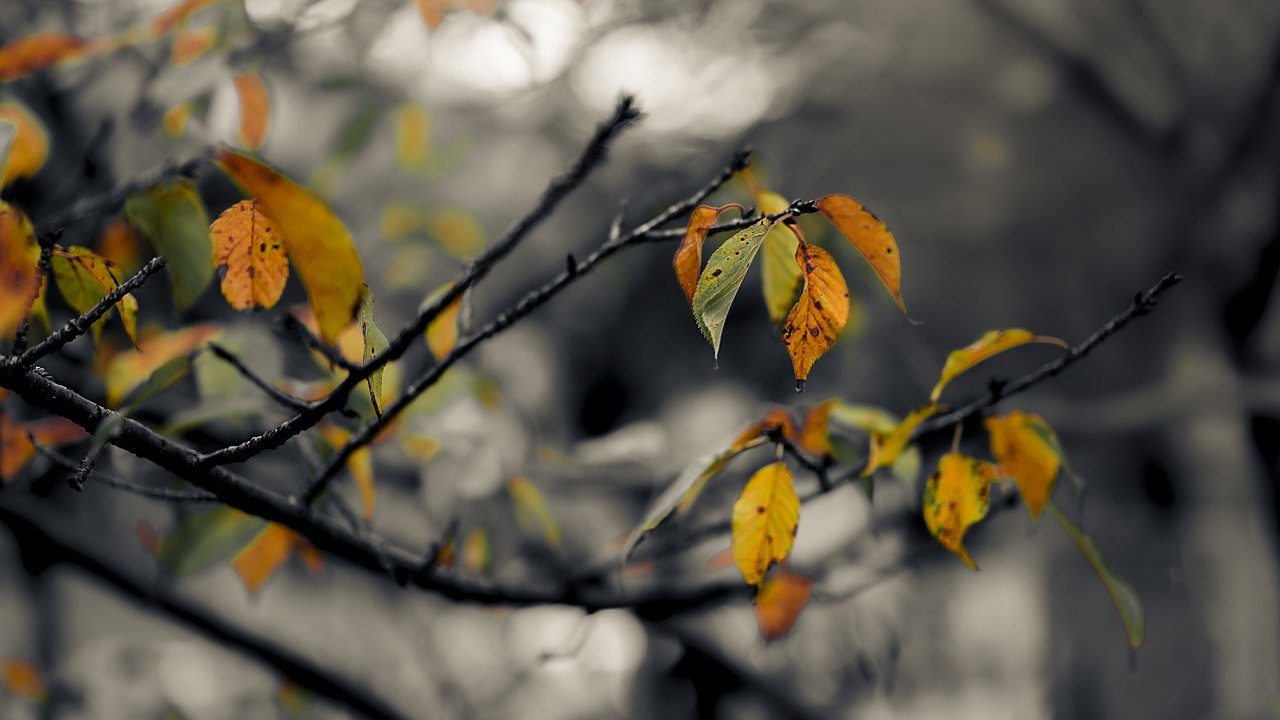
As the days begin to shorten and the crispness of fall has arrived, many gardeners might think their planting is finished for the year. However, this is far from the truth!
Fall planting offers several advantages that strategic gardeners leverage to ensure fresh produce come springtime. The sheer joy of an early spring harvest, when the soil is just warming up from the chill of winter, is a pleasure that is hard to match.
Know (and Understand) Your Zone
To plan your spring harvest, it is crucial to first understand the concept of USDA Hardiness Zones. These zones are defined by the USDA, and provide a guide to the average annual minimum winter temperature in various regions. Knowledge of your specific zone is essential because it will determine which vegetables can be successfully planted in the fall for a spring harvest.
For instance, what might thrive in the mild winters of Zone 9 could wither away in the harsher conditions of Zone 4. Thus, your zone will be your roadmap, leading you to make informed decisions about what to plant.
Fall planting has many benefits, beginning with the soil. As summer ends, the soil retains much of its warmth, creating an ideal environment for root growth. This warmth allows plants to establish a strong foundation before the cold sets in.
In addition, with the decrease in temperature, many of the pests and diseases that thrive in the summer begin to diminish, leading to fewer complications and challenges for your young plants. Nature also tends to be on the side of the fall planter. The rains and occasional snows of fall and winter provide a natural water source, eliminating the need for frequent manual watering and ensuring the soil remains consistently moist.
But the best reward of fall planting has to be the advantage of an early spring harvest. When most gardens are just beginning to see signs of life, yours will be lush with fresh produce, ready to be picked and enjoyed.
Prep Your Garden for Fall Planting
To sum up, while spring and summer are traditionally lauded as the prime gardening seasons, fall presents an underutilized window of opportunity. With the right knowledge of your hardiness zone and an understanding of the benefits, you can set yourself up for a fruitful and early spring harvest.
Before planting, it’s critical to understand the health of your soil. Preparation is key. A good first step is to conduct a soil test, which gives you a clear picture of the soil’s ph and nutrient levels. Based on the test results, you might need to introduce certain amendments to the soil to optimize its fertility and structure. This process ensures that the plants have a nourishing environment to grow in.
Once the soil is primed, the next step is to clear out remnants of summer crops. This not only makes space for new plantings but also removes potential habitats for pests and diseases.
Following this, it’s time to prepare the beds. Incorporating organic compost enriches the soil with vital nutrients and improves its texture. A layer of mulch applied on top serves a dual purpose. It helps in moisture retention, especially crucial during the drier spells of fall, and offers a degree of insulation against temperature fluctuations.
Best Vegetables to Plant
Now, to my favorite part: choosing the vegetables to plant. Garlic is a favored choice for many gardeners. Planting individual cloves in the fall will yield mature bulbs by early to mid-spring. Onions are another excellent option, though it’s vital to select the right variety based on your location. Long-day onions are more suitable for northern gardens, while short-day varieties thrive in the south. Spinach is a cold-hardy leafy green that, when sown in the fall, will provide tender leaves in early spring. For those fond of legumes, peas, both snow and snap varieties, are ideal for fall planting, and they climb and flourish as the temperature begins to rise.
Broad beans, also known as fava beans, require a deeper sowing depth compared to other beans and need adequate spacing to ensure optimal growth. If you’re looking for rapid results, radishes are the go-to choice, with some varieties ready for harvest in just a month. Kale, with its hardy nature, can withstand cold temperatures, and its young leaves in early spring are a delight in salads.
Overwintering carrots can be sown thicker and later thinned out; their maturity beneath a blanket of mulch can be an exciting discovery in the early months of the year. Leeks require a good mulching regime but reward the gardener with their mild, onion-like flavor. Swiss chard manages frost quite well, with its vibrant leaves making a comeback in spring. Finally, turnips can be sown in varieties that are best suited for overwintering and should be thinned appropriately to allow room for growth.
Protect and Nurture Your Fall Plantings

As the winter chill sets in, protecting these fall plantings becomes paramount. Frost, though a natural phenomenon, can be detrimental to young plants. Employing cloches, row covers, or cold frames can provide the necessary shield against unexpected frost spells. Mulching, as mentioned earlier, also serves as an insulator, ensuring the soil doesn’t freeze too quickly.
Throughout the winter, garden maintenance is essential, albeit reduced. Regularly check the moisture levels of the soil. Although winter rains and snow often provide ample moisture, during prolonged dry spells, supplemental watering might be needed. Regular monitoring for pests or diseases ensures that any issue is nipped in the bud. Interestingly, a light snow cover is beneficial, acting as a natural insulator against severe cold and protecting the plants beneath its blanket.
Veggie Payday!
As the warmth of spring arrives, the efforts of fall planting become evident, and knowing when to harvest is important. Recognizing the signs that your vegetables are ready ensures you reap them at their peak. For instance, garlic is ready when the lower leaves turn brown, while onions are mature once their tops have yellowed and fallen over. Spinach leaves are best when young and tender, and radishes are prime when they’ve grown to their expected size, usually peeking slightly out of the ground.
Be gentle as you harvest and treat veggies as if they’re fragile. This minimizes bruising and prolongs storage life. Once harvested, it’s essential to store them in conditions that maximize their freshness. Cool, dark, and well-ventilated spaces are generally best. And for those who wish to have a consistent supply of fresh produce, succession planting—planting crops in phases so that as one batch is harvested, another is maturing—is an effective strategy.
Gardening is rhythmic and ebbs and flows with the seasons. Learning and optimizing these rhythms, especially the lesser-utilized opportunities that fall planting brings, can be incredibly rewarding. The joy of harvesting fresh produce early in the spring, the result of foresight and hard work, is incomparable.
I’m already thinking about the fresh salads now!
Kim Nelson is a certified Master Gardener. She gardened for more than 20 years in Colorado’s zone 4 mountains and currently enjoys the warmer and longer growing seasons offered in Texas’ zone 8.

